Filipino Kakanins – Rice Cakes With Coconut
As an Amazon Associate and member of other affiliate programs, I earn from qualifying purchases.
Food memories of Filipino kakanins – coconut rice cakes, make the holidays magical. Rich rice cakes, cooked in coconut, simmered on the stove-top or baked, then slathered with thick, gooey coconut sauces or crunchy latik are what the decadence of Christmas is all about. The chilly winter of America reminds me how much I miss Christmas in the Philippines, like an old friend. I miss my family, the Pinoy carols, and the parols (lanterns). I miss the food, the flavors, and aromas. I rounded up a few readers’ favorites: Traditional holiday kakanin specialties with recipe links. I had these growing up in our home province. Nowadays you can make these, too, with the easy availability of rice and coconut milk, common ingredients in most kakanins.
This Bibingkang Kanin Malagkit – Biko Rice Cake with Coconut Topping is an ideal Filipino dessert or snack for family gatherings. It is hearty, filling and decadent. The pearly-white sticky rice is cooked stove-top with the coconut milk till the grains soften and plump up. Then it is baked in the oven with the coconut topping. Slice in individual pieces and serve this warm or chilled with piping-hot tea or a cold beverage.
Kalamay Ube is a classic Filipino kakanin whose main ingredient is ube (purple yam). My version used frozen cooked ube from the Asian markets. I added rice flour, canned coconut milk and condensed milk to the mixture to thicken it. The process of making this involves constant stirring on the stove-top. When it’s ready, the sweet flavors of ube combined with fragrant coconut define this luscious treat for dessert or a merienda snack.
Nilupak is a Filipino rice cake made with cassava, coconut, and sugar. My modern version uses frozen grated cassava which is found in Asian or Latin markets. Most of us who live in suburban America don’t have access to fresh cassava like we did in the Philippines. But it does not stop me from making a time-treasured Philippine delicacy which has a few basic ingredients and is meant to be shared with family and friends during the holidays or special gatherings. Once cooked, each serving of the nilupak has hearty, soft and sweet cassava and coconut shreds held together by its own starchy content.
Puto Maya is a classic Filipino rice cake enjoyed for snacks or dessert, with origins from Cebu, a Visayan province. The recipe consists of glutinous rice cooked in coconut cream, then steamed. The round-shaped rice cakes, plated on banana leaves are sprinkled with fresh coconut meat slivers. Serve with fresh, ripe mangoes in season and cups of warm Tsokolate, hot cocoa, called Sikwate in Cebu.
This Filipino Puto Bumbong recipe is the closest you can get to being home in the Philippines for the holidays. These steamed purple rice logs are traditionally enjoyed with slices of buttery bibingka (rice cakes). These violet logs are superb for breakfast, brunch or snacks. They are typically steamed in the special steamer contraption with bamboo tubes but if you can’t find this Filipino-made equipment, cook the Puto Bumbong using a stove top steamer.
The Royal Vigan Bibingka is an Ilocano variety of the Philippine bibingka. Vigan’s version are the size and shape of large cupcakes. They are mildly sweet, are thick, translucent and have the density of a cassava cake. The Vigan Bibingka is baked in a regular oven with rice flour, coconut, regular milk, sugar, eggs and grated cheddar cheese that melts and results in a gooey, crusty topping. Served warm with a cup of salabat (ginger tea), the Royal version is scrumptious. Even better, it is convenient to cook – especially if you are far from Vigan, Ilocos Sur or any part of the Philippines. Naimas!
These Suman sa Lihiya are another type of Filipino sticky rice logs cooked with malagkit,, white jasmine rice, sugar and lye water. These cook faster and in half the time in the Instant Pot multi-cooker/ pressure cooker. A rich, thick coconut syrup is boiled separatelyand served as a topping option. Other topping suggestions for this type of suman are latik (fried coconut sprinkles) mixed with sugar or freshly-grated coconut. Pair suman with fresh, ripe, sweet mangoes and it’s the perfect snack or dessert.
Biko Kulabasa, made with kabocha squash, often appeared at our family’s holiday table during my childhood in Tarlac. There was something appealing about the dark yellow, sticky rice cake, the granules plump and glistening and the entire round delicacy ensconced in a bilao (woven flat basket) lined with banana leaves. This type of biko (rice cake) was a gift from friends. Back then, our home in the Philippines was bustling with excitement and noise of everyone scurrying to and from the kitchen and dining room. The doorbell was constantly ringing heralding the delivery of gifts – mostly food, all homemade delicacies of family and friends. As the doorbell rang incessantly, so did our dogs’ barking, possibly to mirror our excitement as well.
Christmas in the Philippines is centered around religious traditions and food. No other country or culture can rival the way the holidays are celebrated. Filipino homes will have these favorite dishes during the traditional Noche Buena, the Christmas Eve dinner where families gather together after attending church or the midnight mass. The usual spread has: Bibingka (rice cakes with cheese and butter), baked ham with slices of Queso de Bola (edam cheese),the ensaimada (brioche buns) and a buffet of classic Filipino kakanins.
Notes on Nutrition: The nutrition information provided in each recipe link is an estimate and will vary based on cooking methods and specific brands of ingredients used.
Copyright Notice: Hello, Friends! Please DO NOT LIFT OR PLAGIARIZE my original recipe, stories, photos or videos. All the images and content on this blog are COPYRIGHT PROTECTED and owned by my media company Besa-Quirino LLC. This means BY LAW you are NOT allowed to copy, scrape, lift, frame, plagiarize or use my photos, essays, stories and recipe content on your websites, books, films, television shows, videos, without my permission. If you wish to republish this recipe or content on media outlets mentioned above, please ASK MY PERMISSION, or re-write it in your own words and link back to my blog AsianInAmericaMag.com to give proper attribution. It is the legal thing to do. Thank you. Email me at [email protected]

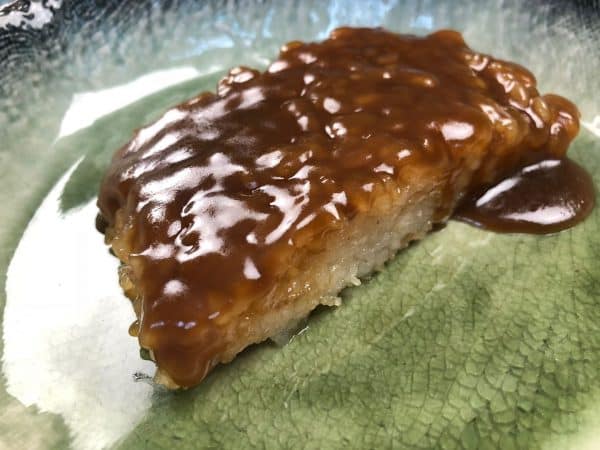
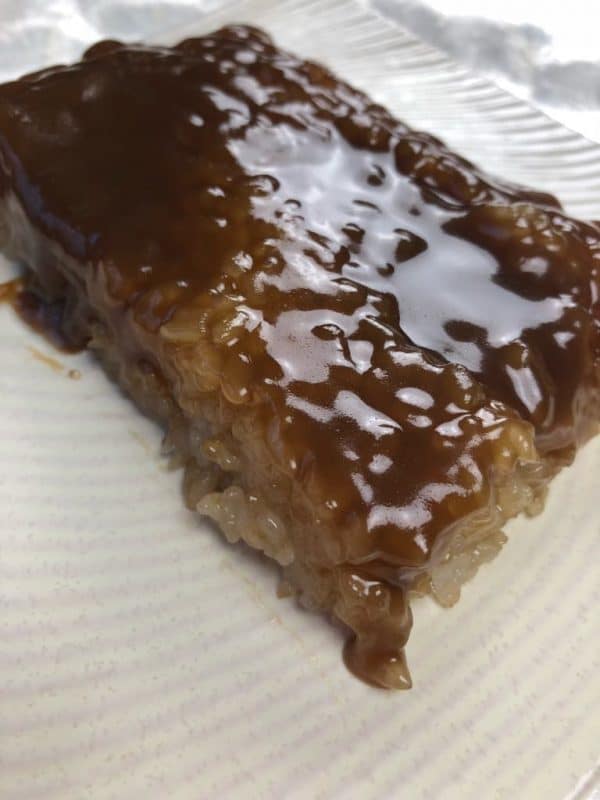
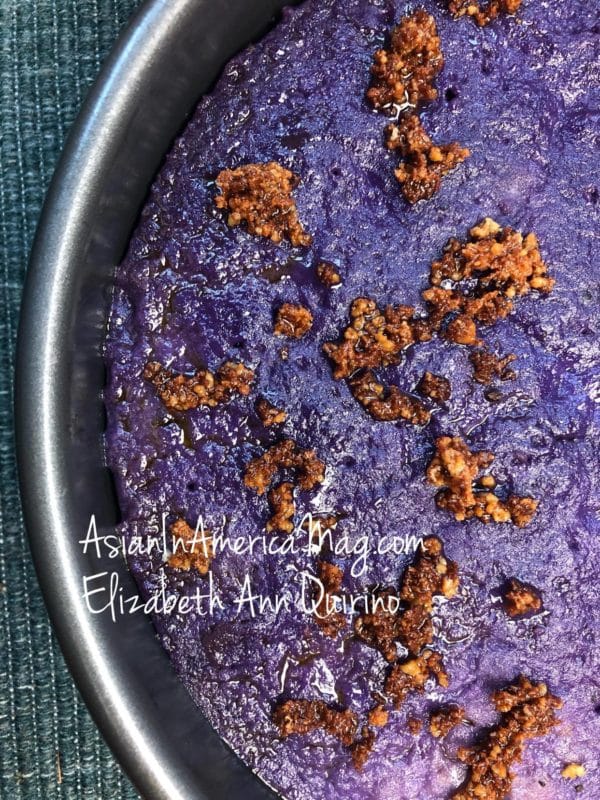
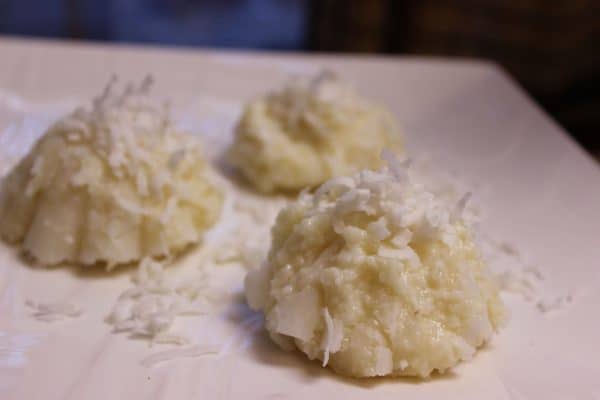
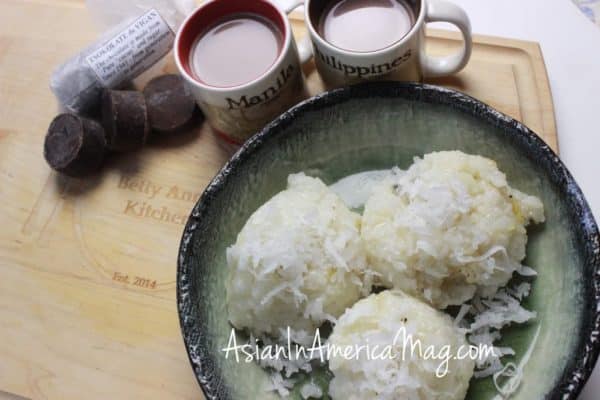
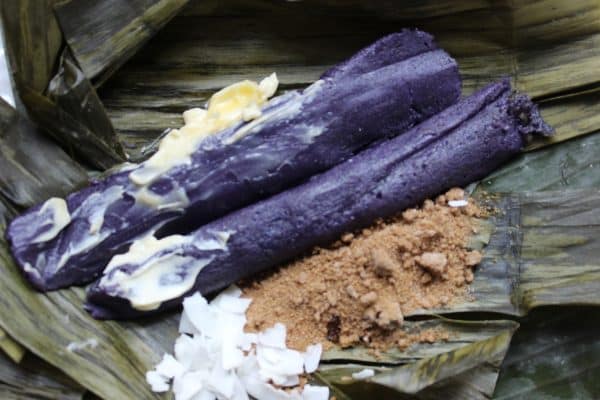
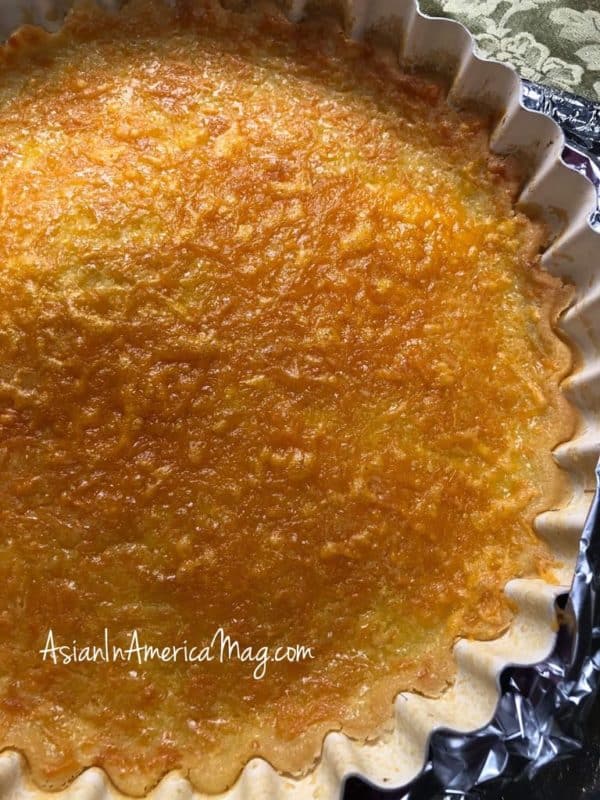
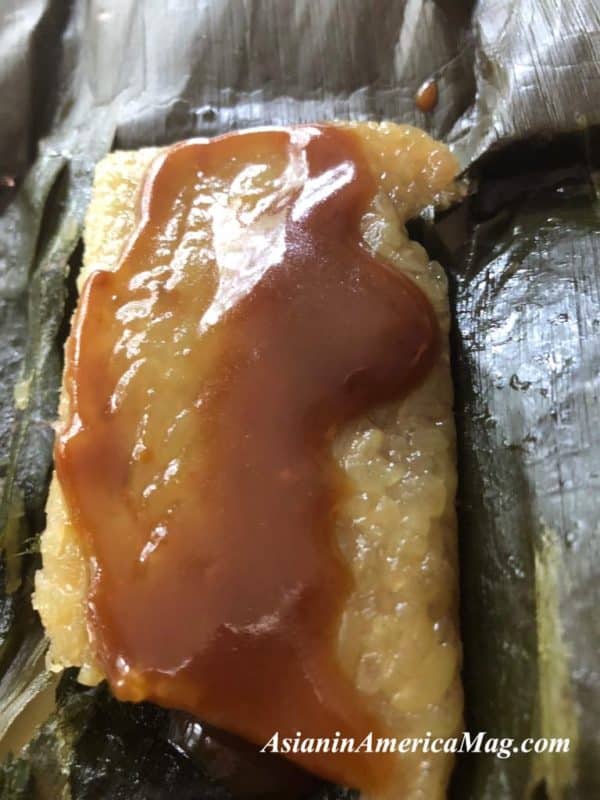
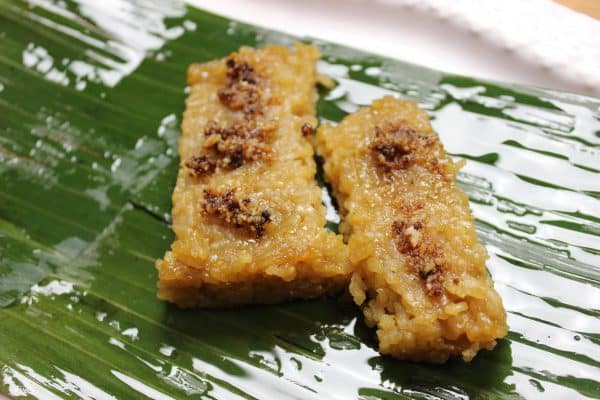

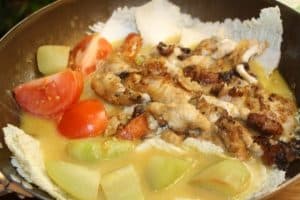
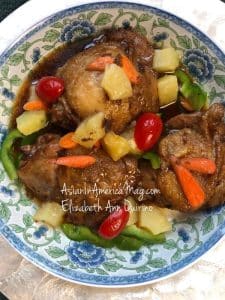
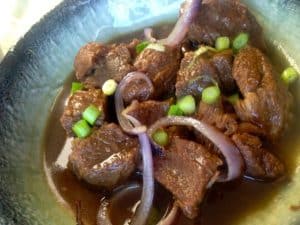
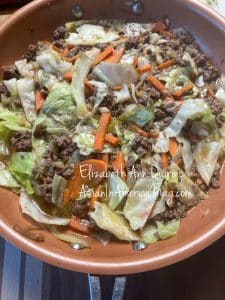

Please send us recipe of all this foods
HI Magdalena, if you CLICK on each NAME of the kakaninm, highlighted and in bold letters, it opens to the recipe link. Hope that helps.